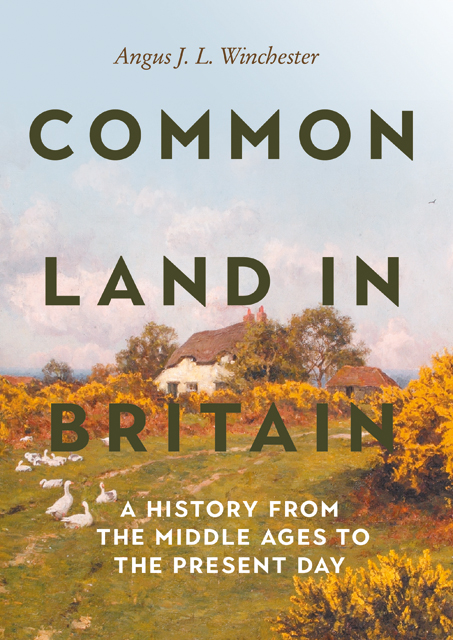Chapter 5 - Living on the Edge: Commons and the Poor
Published online by Cambridge University Press: 20 December 2022
Summary
To quote another of Alan Everitt’s memorable phrases, commons were places of ‘homely things and humble people’. An association between common land and the poorest members of the community had become well established by the seventeenth century, to the extent that commons and poverty were seen as going hand-in-hand. In 1651, Samuel Hartlib, the champion of enclosure, asked rhetorically why ‘there are fewest poore where there are fewest Commons’. Commons, he said, engendered idleness, training up the poor ‘for the Gallowes or beggary’, rather than for useful service. To those in authority, common land was synonymous with people on the margins of mainstream society – not only the parish poor but also squatters living on the commons and itinerant groups. Commons were often viewed as hotbeds of lawlessness and immorality, ‘edgy’ places on the edges of parishes, where clandestine or illegal activities took place.
In the debates over enclosure in the late eighteenth and early nineteenth century, the relationship between commons and the poor loomed large on both sides of the argument. Both agreed that access to the resources of common land was a key feature of the lives of the poor. To advocates of enclosure, such dependence bred idleness and poverty, so the commons should be enclosed; to opponents, it was wrong that enclosure should deprive the poor of the support they obtained from common land. Enclosure could thus be seen as an attack on the livelihood of the poor, a view succinctly expressed in the much-quoted anonymous ditty from the period, which critiqued enclosure in class terms:
The fault is great in Man or Woman
Who steals a Goose from off a Common
But what can plead that Man’s excuse
Who steals a Common from a Goose.
Striking at the heart of the issue, by exposing ‘the artificial and controversial nature of property rights’, its choice of the cottager’s humble goose as the victim of enclosure confirms the conflation of common land with the interests of the poor in the eyes of contemporaries.
The historical consensus on the effects of enclosure on the poor veered between extremes across the twentieth century. The view proposed by the Hammonds in The Village Labourerin 1911 saw enclosure as ‘fatal’ to small farmers, cottagers and squatters, as the resources of common land were more valuable to them than any small allotments they might receive on enclosure.
- Type
- Chapter
- Information
- Common Land in BritainA History from the Middle Ages to the Present Day, pp. 111 - 128Publisher: Boydell & BrewerPrint publication year: 2022

